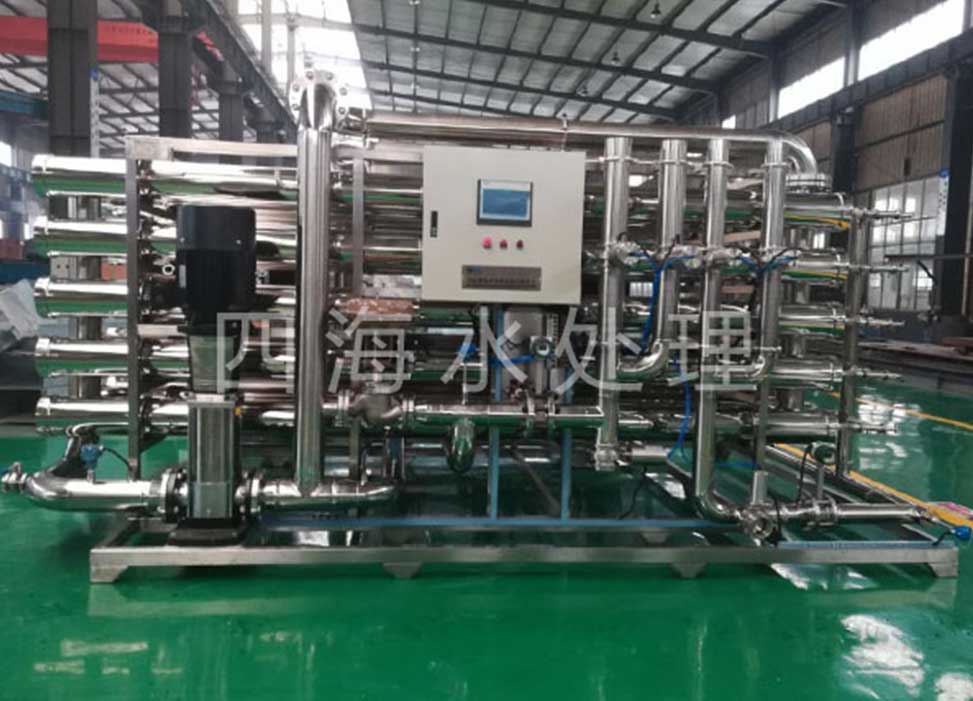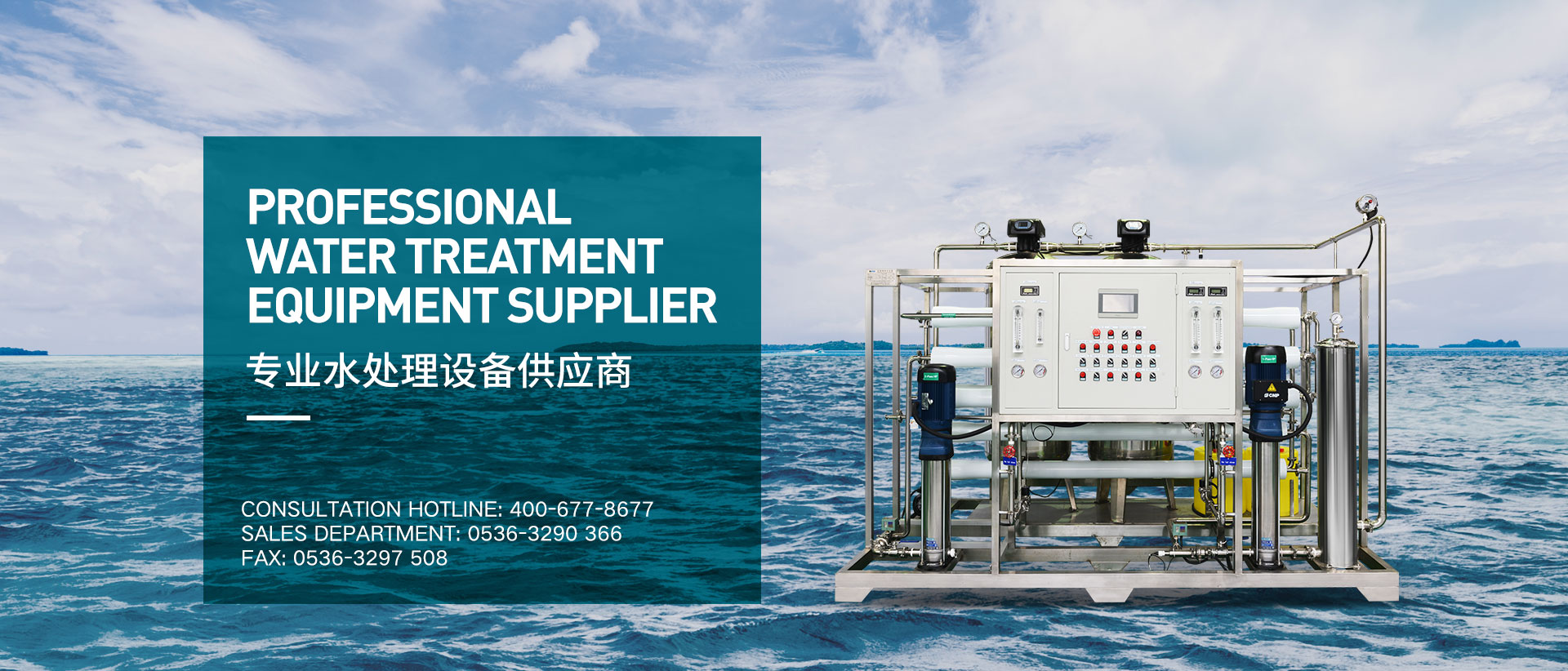Nanofiltration equipment

working principle
Nanofiltration is a liquid-liquid separation method for salt and small molecular substances to pass through the nanofiltration membrane while retaining large molecular substances under the action of the pressure difference. It is also called low pressure reverse osmosis. Nanofiltration membranes have a molecular weight cut-off range of 200-1000MWCO, which is between ultrafiltration and reverse osmosis, and is mainly used for the concentration and purification of macromolecular substances in solutions.
Nanofiltration membrane overview
1. Nanofiltration system mostly adopts the method of cross-flow filtration. The cross-flow method avoids the clogging phenomenon in the process of dead-end filtration: the material liquid flows through the surface of the membrane, and the liquid and small molecular substances pass through the nanofiltration membrane under the action of pressure, while insoluble substances and large molecular substances are trapped ;
2. The feed liquid has sufficient flow rate to peel off the material trapped by the membrane from the surface of the membrane. Continuous peeling reduces the degree of membrane pollution, so it can maintain a higher membrane flux for a longer time.
3. Cross-flow filtration is an effective and reliable membrane separation method that can create economic benefits.
4. The cross-flow process also avoids relying on the filter cake layer for filtration in the process of dead-end filtration (such as plate and frame filter press, drum vacuum filter), and the separation occurs on the membrane surface instead of the filter cake layer. The quality of the filtrate is uniform and stable throughout the process. The quality of the filtrate depends on the membrane itself, so that the production process is completely under effective control.

 Phone
Phone Message
Message